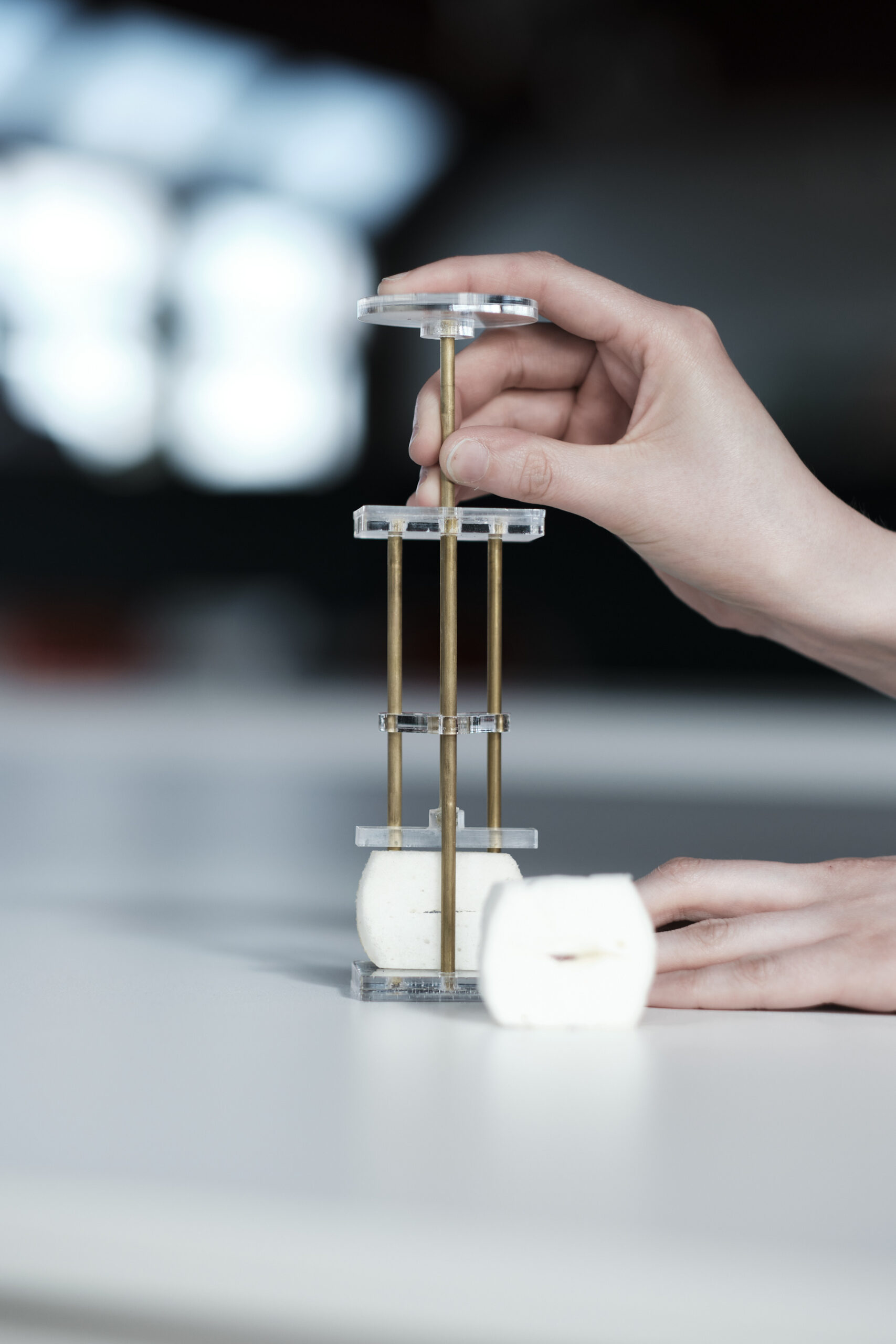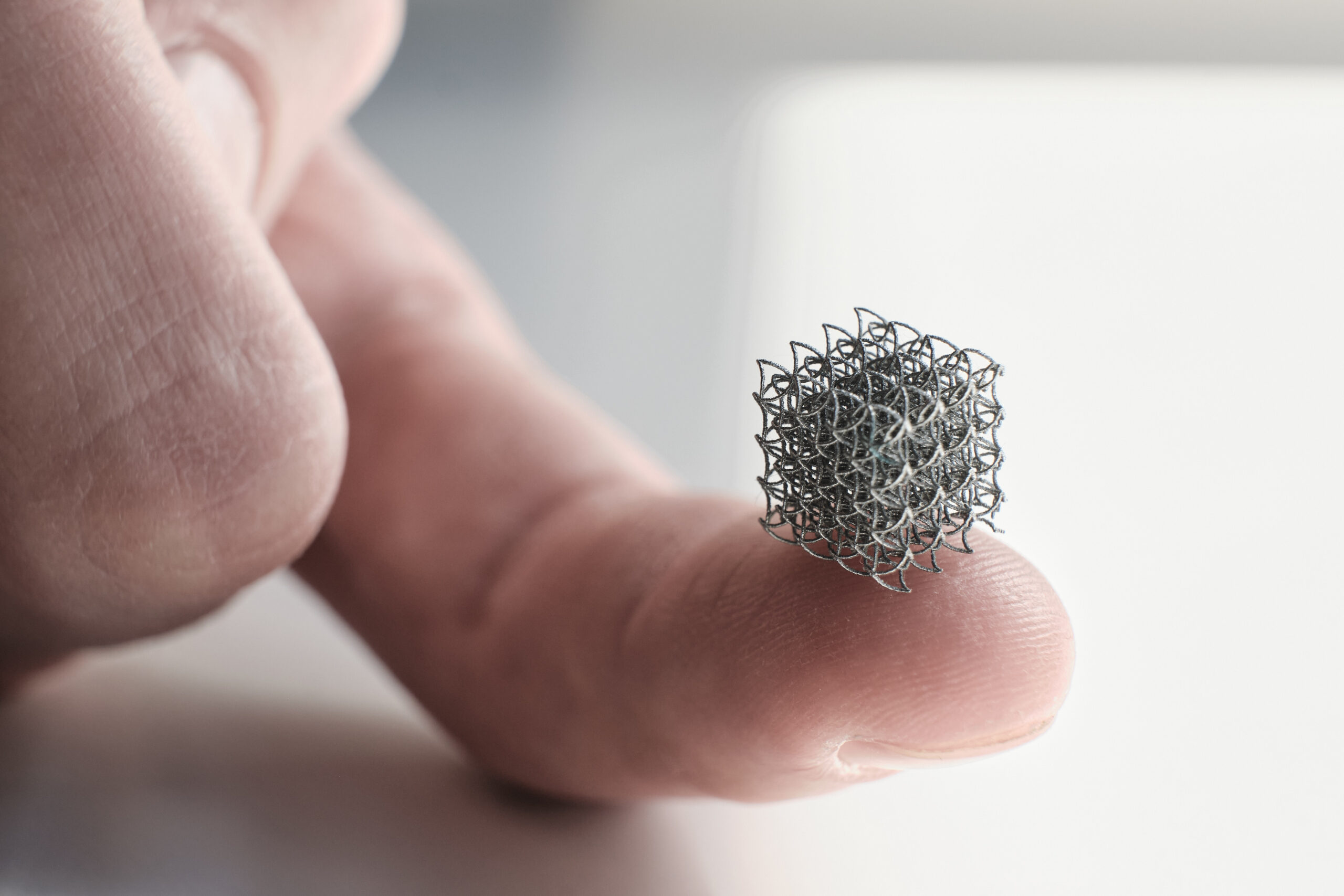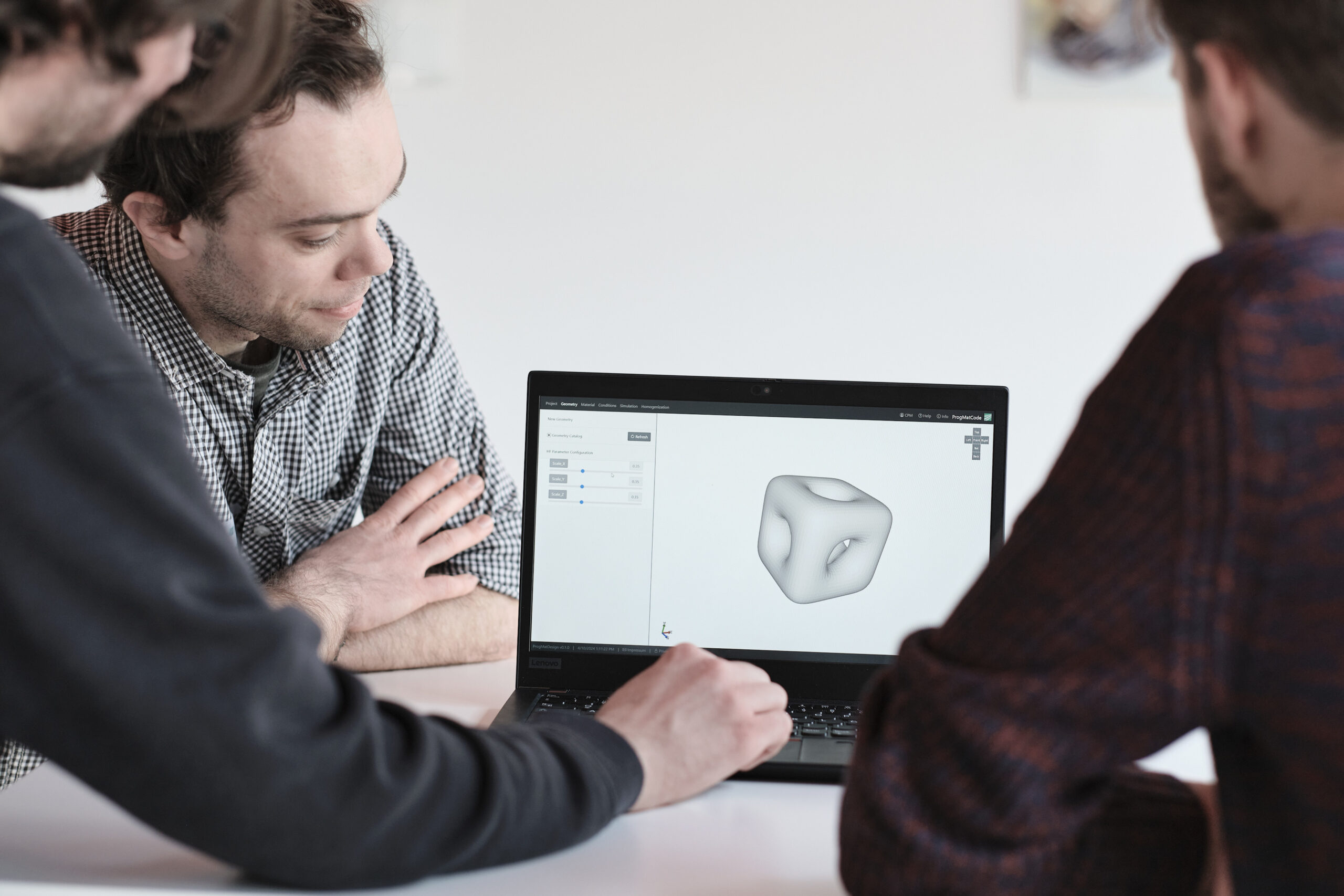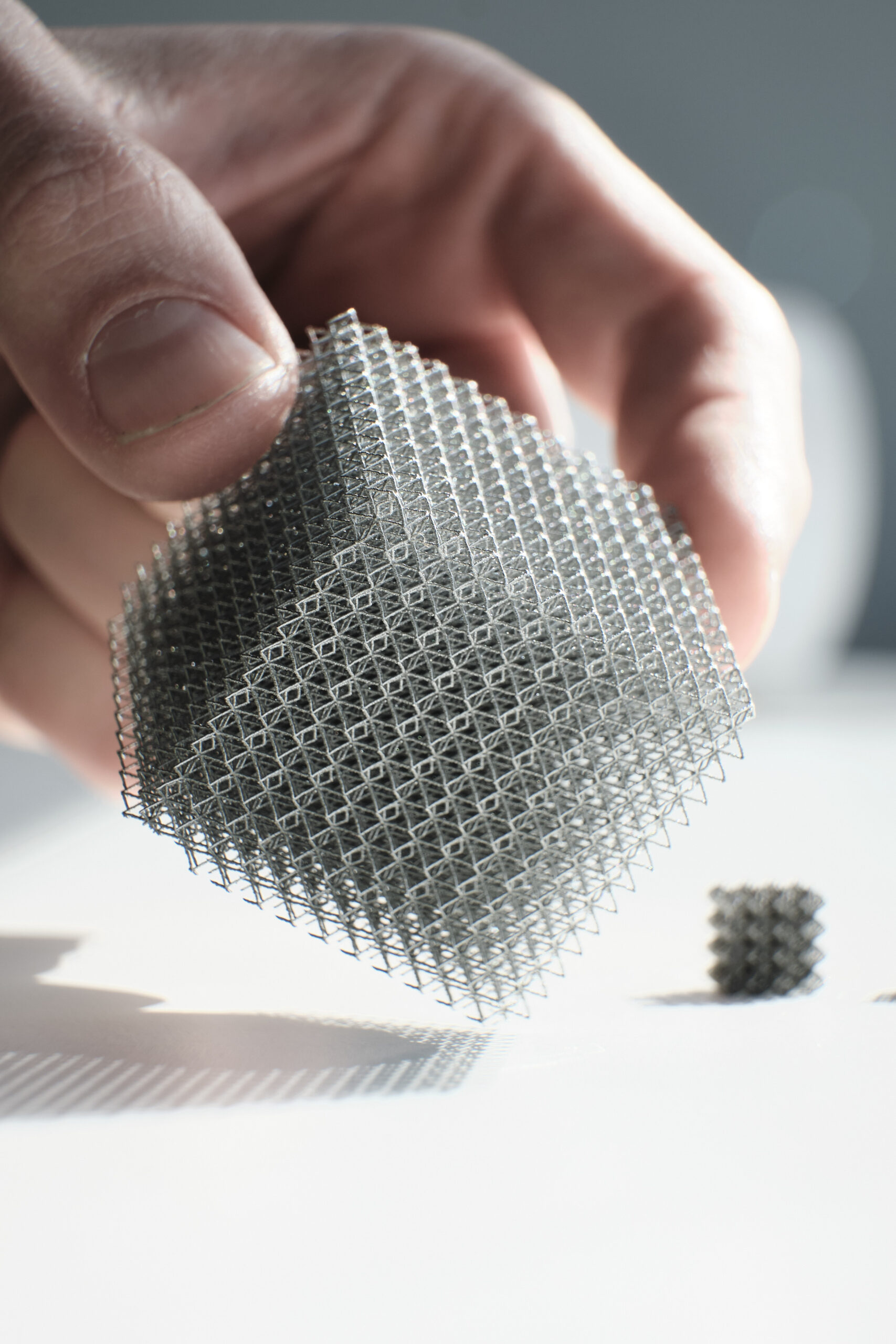About
Programmable Materials
We are bringing the future into the present with programmable materials, heralding a paradigm shift. We develop materials for products that adapt to people's needs, react independently to environmental influences, and are based on the responsible use of resources.
Myths
Myth
or Truth?
Myth
Programmable materials are expensive and therefore uneconomical.Truth
Fewer resources are needed to manufacture programmable materials. In addition, AI-supported programming can shorten iteration cycles.Myth
Programmable materials are neither manufacturable nor scalable.Truth
Programmable materials are ideal for cost-effective series production.Myth
Programmable materials are harmful to health and toxic.Truth
Programmable materials are harmless to health and can be recycled mechanically and chemically.News
CPM-Feature in "merlin" Magazine
CPM is a premium exhibitor at NextGen Materials in Hamburg
4D printing: Heat shrinks printed objects
World of Progmat
Topics

Programmable material permeability
Filter materials and membranes that enable different properties such as flow parameters or active ingredient release depending on the presence of deposits or biological foreign bodies could bring about radical change. Given the enormous potential for economic savings, the programmable materials cluster is working on innovative methods for controlling and programming the permeability, selectivity, and porosity of membranes.

Programmable friction
The vision of this thematic focus is to program friction systems so that they always operate in the optimal tribological state across the entire range of application parameters. Particular attention is being paid to new approaches that make friction properties controllable through optically or electrostatically induced changes.

Programmable shape changing and mechanics
In this focus area, the cluster is researching the development of programmable materials based on mechanical unit cells. This includes the search for functional elementary structures, a complete understanding of their programming, and the optimization of the manufacturing processes for unit cells.

Manufacturing and upscaling
This focus area deals with the development of production processes for programmable materials in order to manufacture them cost-effectively and use them in components. The members of the research team are primarily looking at materials that are programmable in terms of their mechanical properties and can, for example, undergo a predefined change in shape in response to an external trigger.

Product development with ProgMatCode
Programmable materials enable a change in material properties over time via their internal structure. If this change is initiated by a corresponding trigger, the material performs the previously programmed function. Programmable materials thus enable a completely new class of technical products in which functional complexity no longer defines the complexity of the system.
Cluster of Excellence
An initiative of Fraunhofer CPM
We develop materials for products that adapt to people's needs, react independently to environmental conditions, and are based on the responsible use of resources. We would be delighted to work with you too.An initiative of Fraunhofer CPM
We develop materials for products that adapt to people's needs, react independently to environmental conditions, and are based on the responsible use of resources. We would be delighted to work with you too.
Read more